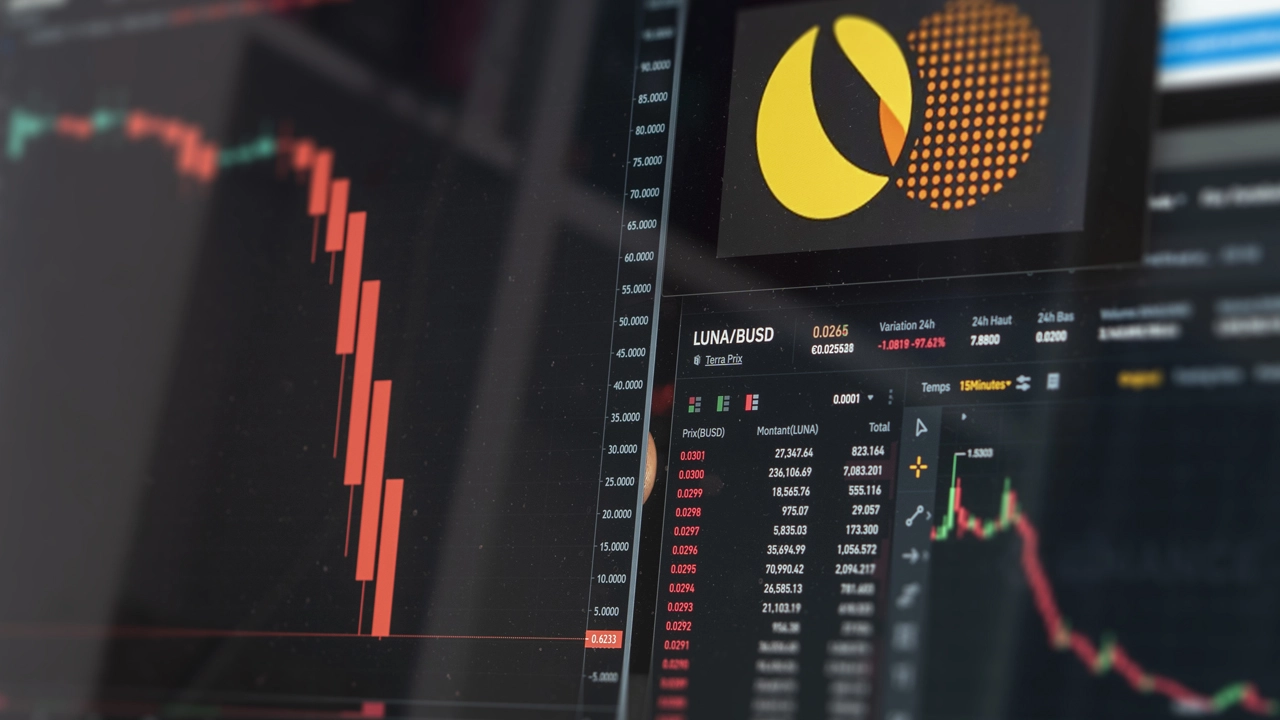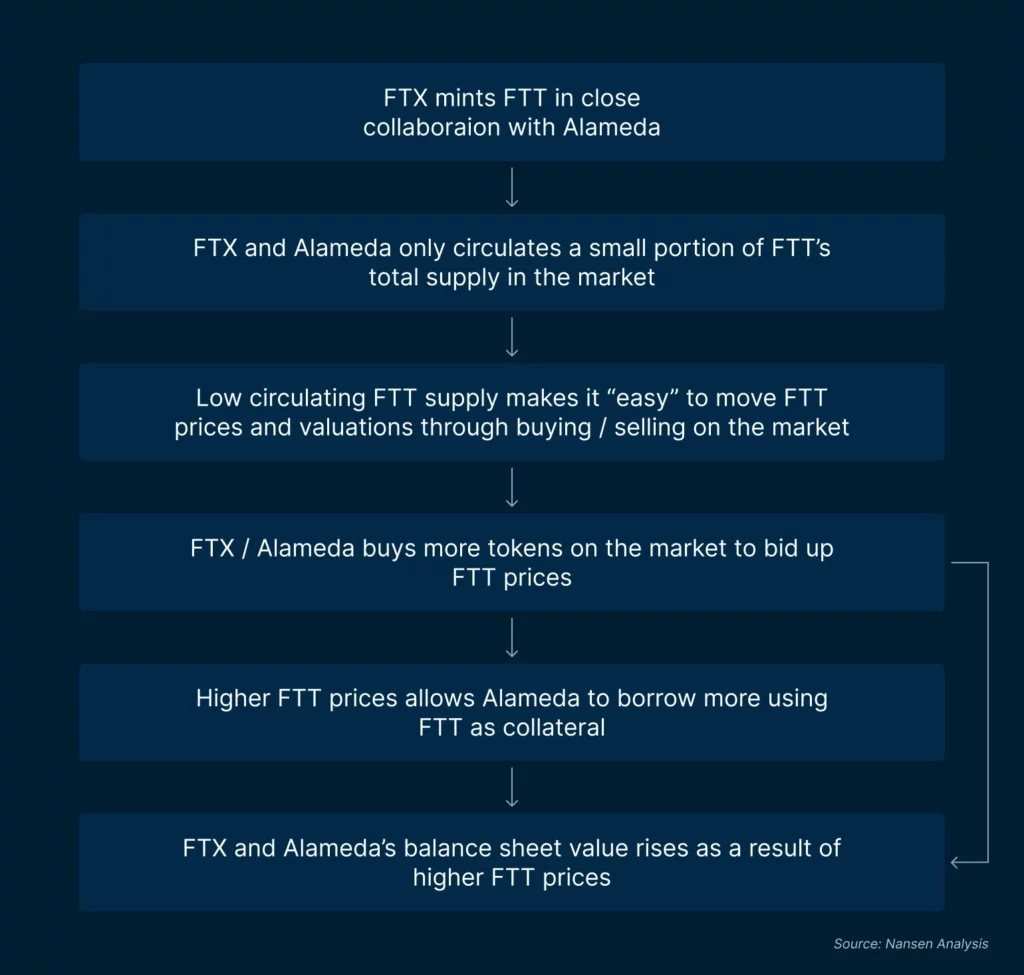
An analysis of the FTX and Alameda Research collapse has been published by the blockchain and crypto analytics firm Nansen and the report notes that the Terra stablecoin collapse, and the liquidity crunch that ensued, likely started the domino effect that led to the company’s implosion. The study from Nansen further details that “FTX and Alameda have had close ties since the very beginning.”
Reports Suggest Terra Luna’s Collapse and Interconnectedness May Have Triggered FTX and Almeida’s Deaths
On November 17, 2022, five researchers from the Nansen team published a blockchain analysis and comprehensive look at “The Fall of Alameda and FTX”. The report states that FTX and Almeida had a “close relationship” and blockchain records corroborate this fact. FTX and Almeida’s rise to the top began with the FTT token launch and “the two of them share the majority of the total FTT supply that didn’t actually go into circulation,” the Nansen researchers elaborated.
FTX and FTT’s meteoric scaling led to Alameda’s swelling balance sheet which “was likely used as collateral by Alameda to borrow against.” Nansen researchers detail that if the borrowed funds were leveraged to make illiquid investments, then “FTT would become a central weakness for Alameda.” Nansen researchers say weaknesses began to show when Terra’s once-stable coin UST depegged and caused a massive liquidity crunch. This led to the collapse of crypto hedge fund Three Arrows Capital (3AC) and crypto lender Celsius.

While this is not linked to the Nansen report, 3AC co-founder Kyle Davis said in a recent interview that both FTX and Alameda Research “collued to trade against clients.” Davis alleged that FTX and Almeida had preyed on his crypto hedge fund. Following the contagion effect of Celsius and 3AC, the Nansen report says, “Alameda will need liquidity from a source that is still willing to lend against its existing collateral.”
Nansen details that Alameda transferred $3 billion worth of FTT on the FTX exchange and most of those funds remained on FTX until the collapse. “Evidence of the actual loan from FTX to Alameda is not directly visible on-chain, possibly due to the inherent nature of CEXs which may have obfuscated clear [onchain] traces,” Nansen researchers admit. However, outflows and a Bankman-Fried Reuters interview suggest to Nansen researchers that FTT collateral may have been used to secure loans.
“Based on the data, a total of $4b FTT outflows from Alameda to FTX in June and July could potentially be provisioning of parts of the collateral used to secure loans (at least $4b worth) in May/June was disclosed by several people close to Bankman-Fried in a Reuters interview,” the Nansen study shows. The report concluded that the CoinDesk balance sheet report “highlighted concerns about Almeida’s balance sheet” which ultimately led to a “back-and-forth battle between the CEOs of Binance and FTX.”
“[The incidents] caused a ripple effect on market participants, Binance owned a large FTT position,” Nansen researchers noted. “From this point on, the intermingled relationship between Alameda and FTX became more troubling, given that customer funds were also in the equation. Alameda was at the stage where survival was its chosen priority, and if one entity collapses, more trouble could start brewing for FTX.” The report concludes:
Looking at how these entities were set up to operate, along with the excessive leverage of collateral, our post-mortem [onchain] The analysis indicated that the eventual collapse of Alameda (and the resulting impact on FTX) was, perhaps, inevitable.
You can read Nansen’s FTX and Almeida report in its entirety Here,


















